The latest data on low and no highlights a rise in ‘sober curious’ consumers
1. More than half of shoppers are trying to booze less
2. One in four Gen-Zers are teetotal
3. Knowing your customers is crucial
4. Just 36% of shoppers say choice in convenience is good or very good
5. Premium brands need to work hard to justify their price
6. The jury is still out on the best way to display low & no
7. Dry January attracted 130,000 people in 2022
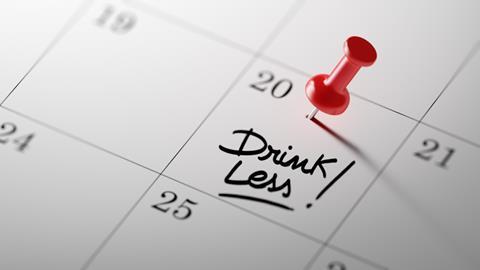
1. More than half of shoppers are trying to booze less
Boozing is losing its appeal for a growing number of Brits. Back in 2020, research carried out by Kam Media revealed that 40% of consumers were planning to reduce their alcohol intake over the following 12 months; this year that number had risen to 55%.
“This has led to an increase in ‘sober curious’ consumers and a rise in more quality choices,” says BrewDog off-trade marketing executive Miriam Thompson. “These factors mean no and low alcohol continues to be a growth category in beer, rising by 6% to reach £104m in the total off-trade while total beer has declined by 14% [NielsenIQ 52 w/e 18 June 2022].”
It’s worth noting that the overall decline is partly down to unflattering comparisons with sales during the previous year, when sales were inflated by the impact of the pandemic. Following the pandemic, many Brits have become more health-conscious, driving demand for low and no alcohol options.
“Another driver for shoppers opting for low-alcohol and alcohol-free alternatives is a heightened focus on health,” says Budweiser Brewing Group director for wholesale & convenience Sunny Mirpuri, citing Kantar Alcovision research from earlier this year.
“Supported by the government’s initiatives and campaigns to drink more responsibly, 70% of Brits are looking to be healthier in their everyday lives, and a third of consumers said limiting alcohol was an important part of their healthier lifestyle. One in ten beer drinkers now regularly opt for an alcohol-free alternative, up 16% year-on-year.”
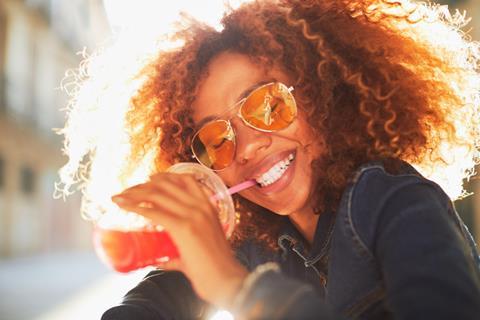
2. One in four Gen-Zers are teetotal
Much of this is down to younger people, who are drinking considerably less than their parents. Twenty six per cent of 16 to 25-year-olds – members of Generation Z – are teetotal compared to just 15% of those aged 55 to 74. Fifty eight per cent of these baby boomers drink at least once a week, versus just 30% of Gen-Zers [Drinkaware].
“We definitely don’t see as many young people as we used to at our stores,” confirms Alex Kapadia, MD of Freedom Commercial Property, which operates a Morrisons Daily store in Northampton, along with two Bargain Booze stores in Dunstable and two Wine Rack outlets in Surrey.
“Twenty years ago, you’d get kids hanging around the shop trying to get people to buy them alcohol. Challenge 25 has helped change that; now they’re more likely to be trying to buy weed round the back. We used to have people coming in on Friday nights to get drinks to have with friends before going out. That’s probably less than half what it was.”
Not that it’s only the younger crowd who are opting for alcohol-free options. “This is a cross generational trend, so don’t assume it’s just young people,” says Laura Willoughby, co-founder of mindful drinking movement Club Soda, which opened what it claims is London’s first alcohol-free off licence last year and runs a tasting room in Covent Garden.
“People are looking for an upgrade from pop. Our biggest selling product at (a recent) pop-up was Copenhagen Sparkling Tea, which suits all demographics. Make sure you have the right products for the people your store attracts, and something for every occasion. For instance, not all mothers drink, so great creative on Mother’s Day!”
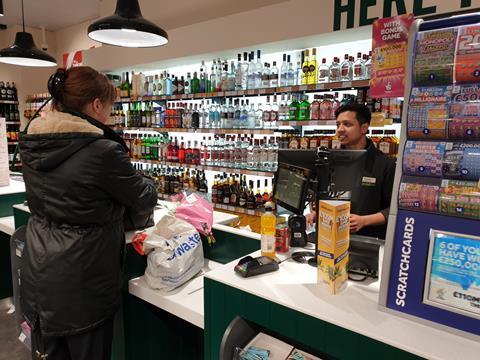
3. Knowing your customers is crucial
This doesn’t mean that everyone is going all Gwyneth Paltrow and kicking the demon booze, of course. “This is quite a boozy area and not many folk are that into the whole low and no alcohol thing,” says Sophie Williams, who runs Premier Broadway Convenience Store in Oxgangs, Edinburgh.
“We did trial the alcohol-free prosecco Nosecco but only managed to sell one case of it. That was mostly to pregnant women. What does sell quite well for us is the Heineken Zero beer, but that’s the only low and no product we do. We stock that in the chillers and it’s mainly middle-aged men who seem to buy that.”
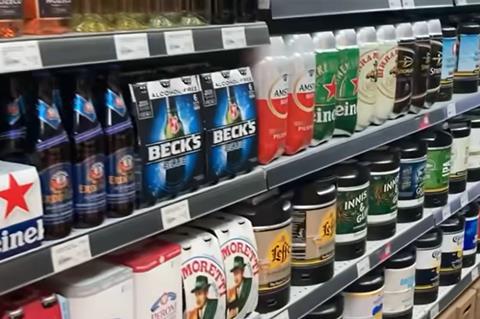
4. Just 36% of shoppers say choice in convenience is good or very good
Some suggest that broader ranges can stimulate extra demand, however. “Distribution and availability in convenience is not where it needs to be,” says BrewDog’s Thompson, citing the forementioned Kam Media research.
“Just 36% of consumers rate the current choice of no and low alcohol products in convenience stores as good or very good – behind supermarkets which can offer a larger choice, at 59%. With expectations of availability and choice growing, now is the time for retailers to capitalise on this demand.”
Alex at Freedom Commercial Property has several low and no options for his Morrison’s customers, including Erdinger and Bavaria alcohol free beers, Becks Blue, Heineken 0.0%, and Nozeco. But while many products justify their space, others just don’t appeal to his customers.
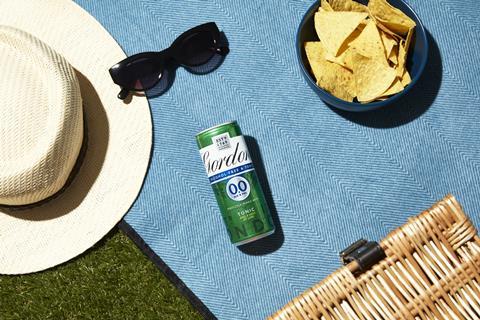
5. Premium brands need to work hard to justify their price
So it’s important that retailers consider which brands they give their valuable shelf space to. “We’ve done Seedlip (alcohol-free spirits) in the past and it just didn’t sell very well because I think people were surprised about the price (it has an rsp of £26/70cl),” says Alex.
“Things like Cajeno and Gordon’s have done okay but the problem is that it is still quite a small market, so you don’t sell huge volumes. The Gordon’s Alcohol-Free & Tonic cans did quite well, I think because it’s such a well-recognised brand, but I haven’t been able to get hold of that for a while.”
Some alcohol-free spirits brands are trying to convince punters they’re worth their hefty price tags is by adding ingredients they claim have functional benefits. “A big area to look at is functional products; drinks that give you something extra – relaxation, social buzz or sneaky health uplift,” says Laura at Club Soda.
“Mood-enhancing drinks from Sentua and Three Spirit are ones to watch. When it gets to summer, Crodino is a great swap for Aperol – we sell a lot of it all year round. Everyone wants an alcohol-free fizz now for a party, so check out Noughty. There are also plenty of beers to choose from, including craft brewers such as Big Drop.”
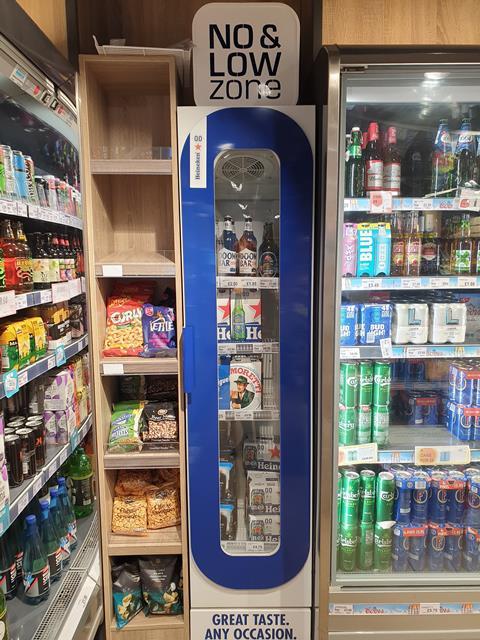
6. The jury is still out on the best way to display low and no
Opinions are split on how low and no alcohol products should be merchandised, however. Some contend that stocking these lines alongside their alcoholic counterparts works best, while others say it is better to create a destination in store for shoppers looking for low or no alcohol options.
“We’re working with key retailers to display Eisberg proudly within front of store hero displays,” says Dan Harwood, key account manager for the UK & Ireland at Schloss Wachenheim, owner of the Eisberg alcohol-free wine brand. “If there’s a focus on sparkling wine it makes sense to offer the number one alcohol-free option exactly where they’re looking for it.”
Heineken’s solution to giving its zero alcohol products strong visitbility instore is by displaying them in its Zero Zone chillers, which help to signpost a retailer’s no and low offer.
Alex at Freedom Commercial Property, is a fan of group low and no lines together. “We put all our low and no alcohol products together in the same space because I find that people usually know what they want and are on a mission to get it,” he says. “The risk is that it will get missed if it’s alongside regular products.”
One answer to this, suggests Harwood, is to cross merchandise alcohol-free offerings with a range of products that appeal to a more health-conscious crowd. “Many people still say that they are reducing their alcohol intake for health and wellbeing reasons, so providing healthier snacks and a more varied range of alcohol-free wines and displaying them together is a great way to capitalise on this growing market,” he says.
Stocking products alongside food makes good sense, given that currently three in five beers consumed at home are drunk with food [Kantar Alcovision]. “Mealtimes now account for 43% of all drinking occasions in the home,” says Mirpuri at Budweiser. “No-and-low alternatives, therefore, have a role to play in these occasions, for those looking to moderate their alcohol consumption during lunch or dinner.”
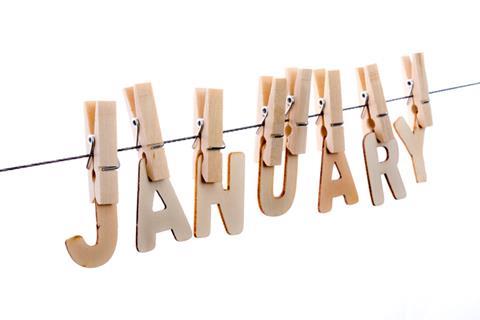
7. Dry January attracted 130,000 people in 2022
Now is the time for convenience retailers to take the plunge into low and no alcohol, say suppliers. “With Dry January right around the corner, it’s important retailers are stocked up on popular low alcohol and alcohol free products to ensure consumer demand is met,” says Harwood at Eisberg.
“According to Alcohol Change UK, 4,000 took part in the first Dry January challenge in 2013, and that has grown exponentially to 130,000 in 2022 - it’s important that we activate to support sales during these key abstinence period, but also that we don’t forget the year-round generalist consumer.”
Indeed, abstinence is no longer just for atoning for the excesses of Christmas. “Ex-factory sales in the traditional ‘Dry January’ period for 2022 grew almost 190% versus last year,” says Chris Milton, off-trade sales director for Thatchers Cider, which launched alcohol-free cider Zero back in 2020.
“However, it’s worth noting that both January and July were for two years “peak months” supporting the wider commentary that no and low alcohol is less about the guilt of excess following Christmas and New Year resolutions but more a greater part of the drinker’s repertoire throughout the year.”
Time to stock up then!
















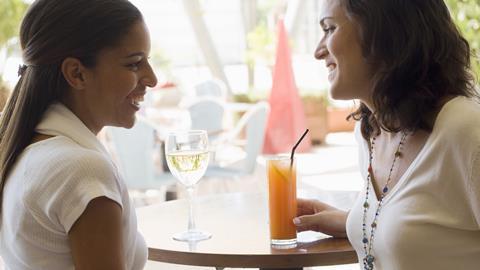
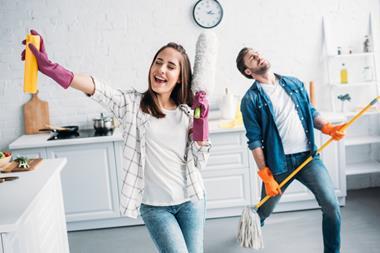

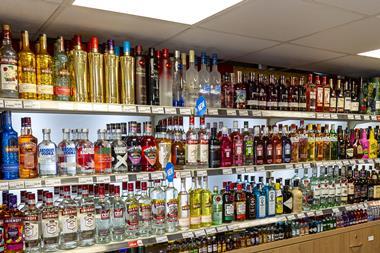
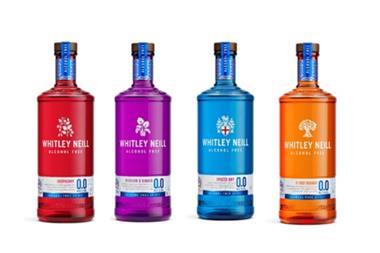
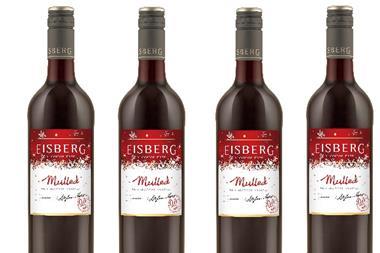

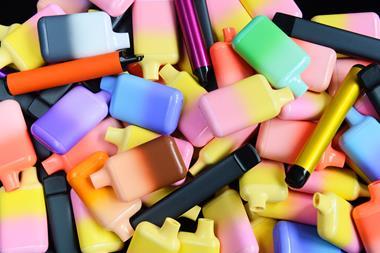





No comments yet